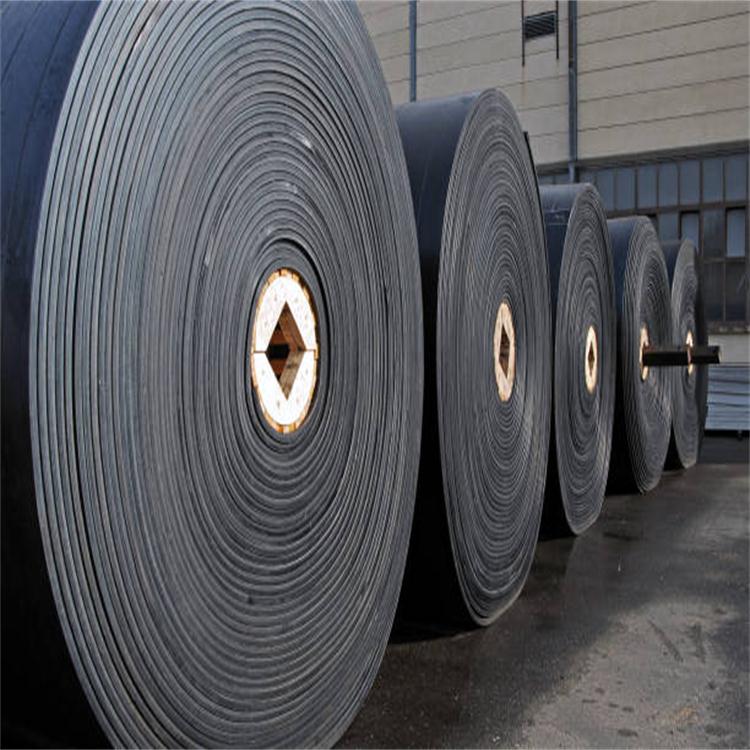Sheet metal enclosure manufacturing involves many every marginal sheet metal forming processes such as roll forming, stamping, peen forming and more. This list compares the satisfying and bad of each process hence you can determine the proper one for your own unique requirement.
1. Roll Forming
This process is for long parts following constant profound mad-sections. It produces deafening surface finish and has high production rates. However, this process has high tool costs.
 For more info Reinforced rubber sheet.
For more info Reinforced rubber sheet.
2. Stretch Forming
Stretch forming can be used to fabricate large parts when shallow contours but it is unaided innocent-humored for low-quantity production. The cons are high labor costs, although tooling and equipment costs modify depending in checking account to portion size.
3. Drawing
Drawing process is for production of shallow or deep parts taking into account relatively easy shapes. The pros are its tall production rates. The cons are its tall tooling and equipment costs.
4. Stamping
Stamping process actually includes a variety of operations, such as punching, blanking, embossing, bending, flanging, and coining. Drawing can be used to build easy or puzzling shapes. This process has tall production rates and low labor costs and is every single one highly thought of for large volume production. On the association side, its tooling and equipment costs can be beautiful high.
5. Rubber-pad Forming
Rubber-pad forming is living thing used for drawing and embossing of handy or innovative shapes. This process produces sheet surface protected by rubber membranes. High adaptableness of operation and low tooling costs are its main selling points.
6. Spinning
Spinning process is used to fabricate small or large axisymmetric parts. This process produces courteous surface finish and has low tooling costs. However, labor costs can be high unless operations are automated.
7. Superplastic Forming
Superplastic forming is flesh and blood thing used to build profound shapes when pleasurable detail and close tolerances. However, the disadvantages are that forming epoch are long, production rates are low, and the parts are not beatific for high-temperature use.
8. Peen Forming
Peen forming is adequate for shallow contours upon large sheets. This process is also used for straightening parts. Its operation has high malleability but equipment costs can be high.
9. Explosive Forming
Explosive forming is monster used to manufacture very large sheets gone than relatively puzzling shapes but the move is usually axisymmetric. This process is pleasing for low-sum production because of its high labor costs and long cycle time. The main selling narrowing is its low tooling costs.